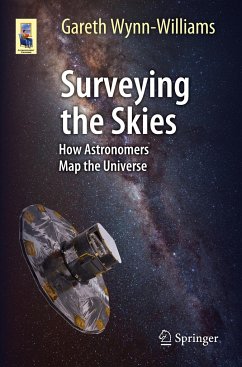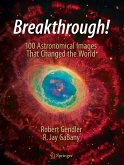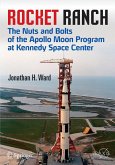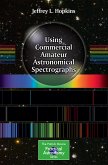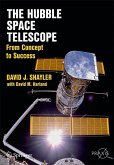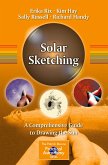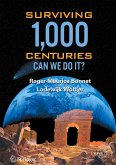Since the time of Galileo, astronomy has been driven by technological innovation. With each major advance has come the opportunity and enthusiasm to survey the sky in a way that was not possible before. It is these surveys of discovery that are the subject of this book.
In the first few chapters the author discusses what astronomers learned from visible-light surveys, first with the naked eye, then using telescopes in the seventeenth century, and photography in the nineteenth century. He then moves to the second half of the twentieth century when the skies started to be swept by radio, infrared, ultraviolet, x-ray and gamma ray telescopes, many of which had to be flown in satellites above the Earth's atmosphere. These surveys led to the discovery of pulsars, quasars, molecular clouds, protostars, bursters, and black holes.
He then returns to Earth to describe several currently active large-scale projects that methodically collect images, photometry and spectra that are then stored in vast publicly-accessible databases. Dr. Wynn-Williams also describes several recent "microsurveys" - detailed studies of small patches of sky that have led to major advances in our understanding of cosmology and exoplanets.
In the first few chapters the author discusses what astronomers learned from visible-light surveys, first with the naked eye, then using telescopes in the seventeenth century, and photography in the nineteenth century. He then moves to the second half of the twentieth century when the skies started to be swept by radio, infrared, ultraviolet, x-ray and gamma ray telescopes, many of which had to be flown in satellites above the Earth's atmosphere. These surveys led to the discovery of pulsars, quasars, molecular clouds, protostars, bursters, and black holes.
He then returns to Earth to describe several currently active large-scale projects that methodically collect images, photometry and spectra that are then stored in vast publicly-accessible databases. Dr. Wynn-Williams also describes several recent "microsurveys" - detailed studies of small patches of sky that have led to major advances in our understanding of cosmology and exoplanets.
Selected by Choice magazine as an Outstanding Academic Title for 2017
"This work is a masterful summary of the history of surveys at all wavelengths in astronomy, detailing the major advances supported by modern technology. ... The book, intended for the lay reader, is extremely well written and highly recommended. Summing Up: Highly recommended. All readers." (D. E. Hogg, Choice, Vol. 54 (5), January, 2017)
"This book is all about the history of sky surveys. ... This book is published in Springer's Astronomers' Universe series, which delivers an armchair experience to active amateur astronomers. Fair enough. However, it is suitable, and deserves a much wider readership, because it is such a handy history of how the heavens have been harvested. ... It is a good introduction for graduates who are considering doctoral research in observational astronomy, and an essential reference book for libraries." (Simon Mitton, The Observatory, Vol. 137 (1256), February, 2017)
"This work is a masterful summary of the history of surveys at all wavelengths in astronomy, detailing the major advances supported by modern technology. ... The book, intended for the lay reader, is extremely well written and highly recommended. Summing Up: Highly recommended. All readers." (D. E. Hogg, Choice, Vol. 54 (5), January, 2017)
"This book is all about the history of sky surveys. ... This book is published in Springer's Astronomers' Universe series, which delivers an armchair experience to active amateur astronomers. Fair enough. However, it is suitable, and deserves a much wider readership, because it is such a handy history of how the heavens have been harvested. ... It is a good introduction for graduates who are considering doctoral research in observational astronomy, and an essential reference book for libraries." (Simon Mitton, The Observatory, Vol. 137 (1256), February, 2017)

